Edwardian hooligans, David Bowie's mishap and THAT Manchester United FA Cup Replay match - Roker Park remembered
and live on Freeview channel 276
The site where it stood is now occupied by residential streets, with names like Midfield Drive and Goalmouth Close the only reminders of what once was.
Many Sunderland supporters would return to Roker tomorrow if they could, despite its replacement, the Stadium of Light, still being the best stadium in northern England.
Advertisement
Hide AdAdvertisement
Hide AdSo for those who are too young to remember it, as well as those who like to reminisce, here’s a brief history of what was also in its day among the best stadiums in the country.
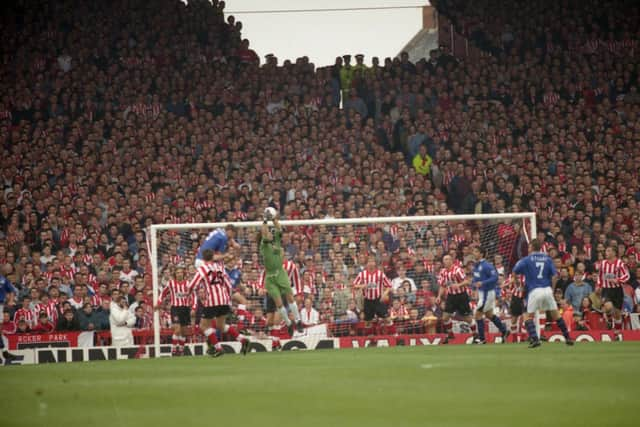

In the beginning
Sunderland AFC was formed in 1879. By the time Roker Park was built in 1898 they had already played in six home grounds, although they were a major force in football by then having already been champions of England three times.
The new place, valued at a whopping £7,000, was opened at its first game by club president, the Marquis of Londonderry, his extreme unpopularity in Sunderland notwithstanding.
The match was a 1-0 win for the home side over Liverpool before 30,000 spectators on September 10, 1898 with a late goal from Scotsman Jim Leslie.
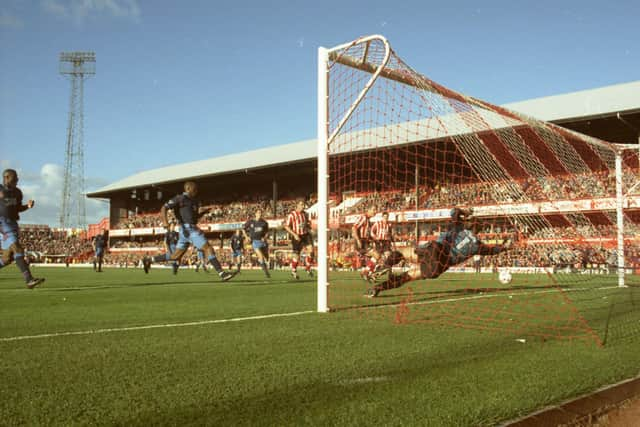

Advertisement
Hide AdAdvertisement
Hide AdWe tend not to think of Edwardian football hooligans, but Sunderland’s first ever “home” league game against Middlesbrough was played on April 18, 1903 – at St James’ Park as a punishment for SAFC after crowd trouble against Sheffield Wednesday a month earlier.
The club would not actually own Roker until 1905. Until then it was leased from the appropriately named Mr Tennant. It took only four months to build. The pristine turf was shipped over from Ireland and would not be re-laid until the 1920s.
The stadium expands and the Germans strike
The south end, later called the Roker End, was extended in 1912 at a cost of £12,000. It was huge and could hold 23,000, raising total ground capacity to 50,000. The stadium would become bigger still.
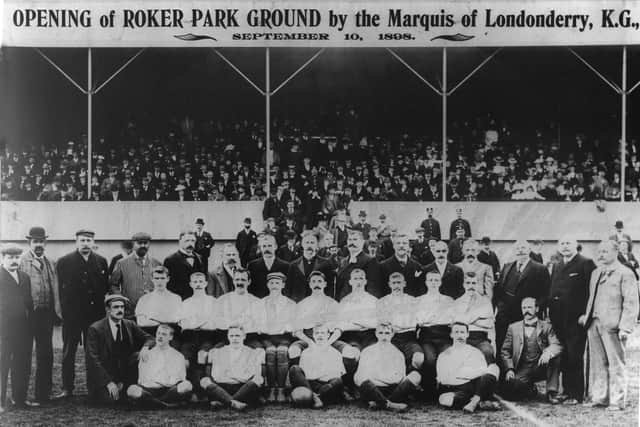

The original Main Stand seated up to 3,000, but in 1929 was replaced by a new stand that is still familiar to many today. It was designed by Archibald Leitch, whose work could also be seen at Aston Villa, Wolves, Everton, Rangers and Twickenham.
Advertisement
Hide AdAdvertisement
Hide AdThe new stand cost £25,000 and the structure featured the architect’s trademark latticework, which can now be seen in the Stadium of Light’s west car park.
In 1936 the Clock Stand opposite was complete and Roker Park was now one of the finest sporting arenas anywhere in the world. It was renowned for its noise and the “Roker Roar” was a prominent feature of English football.
In its 99-year history some incredible matches would grace the turf. Sunderland won another three league titles and two FA Cups while they occupied Roker Park.
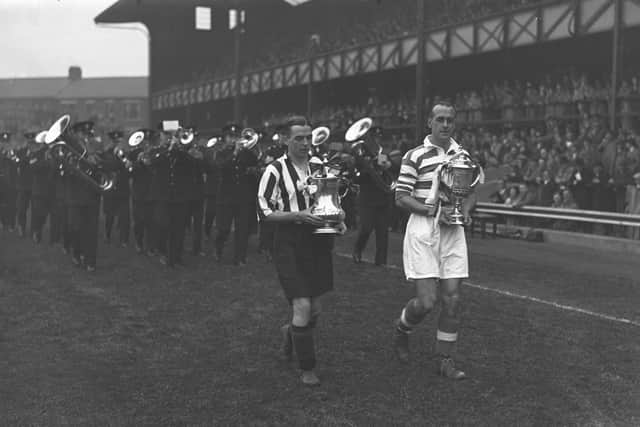

The official record attendance for any Sunderland home game is 75,118 for an FA Cup replay against Derby County on Wednesday, March 8, 1933, when the official capacity was just 60,000.
Advertisement
Hide AdAdvertisement
Hide AdIt was a frightening experience for many. After the game, which Derby won, fans were boarding buses. Any bus. As long as it was heading away from Roker Park.
During the Second World War in May 1943 a stray German bomb intended for the shipyards landed on the pitch, killing a policeman outside.
Notable games, David Bowie and Billy Graham
Floodlighting was introduced in 1952. Night matches seemed to have an even more intense atmosphere at the bigger games.
Roker Park would stage seven full internationals. These included a 13-2 victory for England over Ireland in 1899, and four matches in the 1966 World Cup.
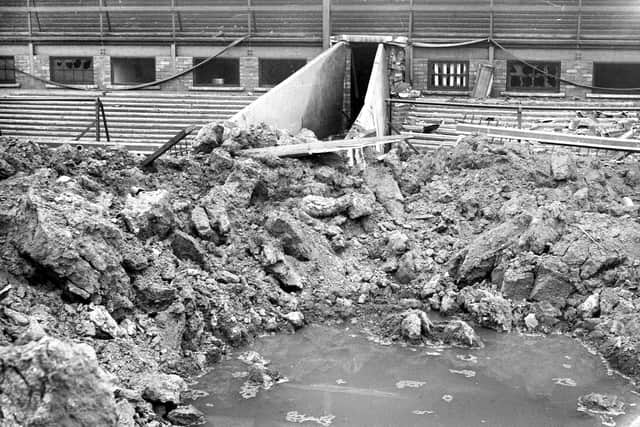

Advertisement
Hide AdAdvertisement
Hide AdThe 1933 Derby attendance may well have been surpassed at another FA Cup replay in 1964 against Manchester United. The official attendance of 46,727 is clearly nonsense. In truth, nobody knows how many people attended either game.
That fixture is especially well remembered, as are other FA Cup replays against Manchester City in 1973 and Chelsea in 1992.
Non-football events included a visit by the American evangelist Billy Graham in 1984. Over eight evenings the turnstiles clicked 124,000 times while the preacher was in Sunderland.
In June 1987 David Bowie gave an infamous performance as part of his poorly received, but well attended Glass Spider tour. His first words to the audience – “Hello New-carsell” – did not go down well.
Demise and demolition
Advertisement
Hide AdAdvertisement
Hide AdAs the club’s fortunes dwindled in the 1980s, so did Roker Park and capacity was eventually reduced to a measly 22,657.
After Hillsborough in 1989, football was changing and Sunderland had to move, despite some rather fanciful suggestions of how the old ground could be redeveloped.
Roker Park’s final competitive game was a 3-0 win for Sunderland over Everton on May 3, 1997, which provided false hope as Peter Reid’s side were relegated from the Premier League eight days later.
It was a sad end and demolition followed soon after, one year shy of a century of football. But those who remember the old ground allow their happier memories to pervade.
